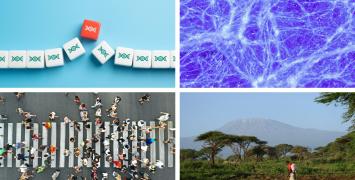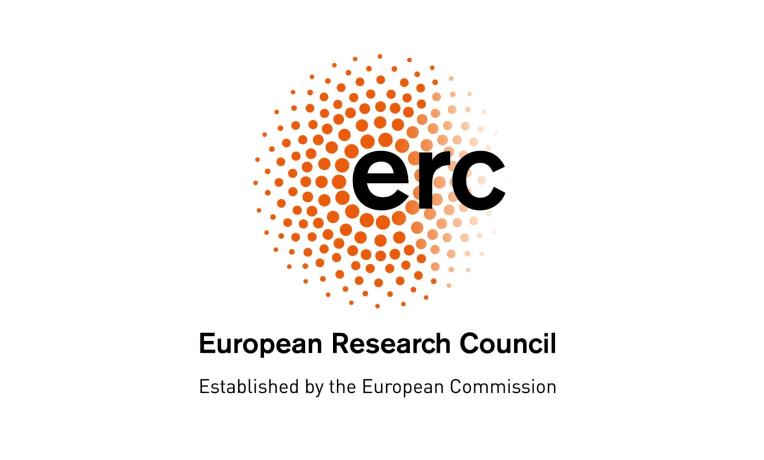
Patients’ cells used to 3D-print miniature heart

© Wiley
The major problems with organ transplants are low numbers of donors and rejection. Tissue engineering promises to create organs and tissues for transplant, offering an alternative approach. To fight rejection, using biological materials extracted from patients is crucial. A team led by Prof. Tal Dvir managed to 3D-print vascularized perfusable cardiac patches and a mini heart using specific cells directly from the patient. About the size of a big cherry, the first-of-its-kind heart has cells, blood vessels, ventricles and chambers, but it’s far from being ready to be used for transplantation into humans. The team still have significant challenges to overcome and plan to eventually test out 3D-printed hearts in animal models. This result, however, is a significant step towards revolutionising the field of tissue engineering and regenerative medicine, solving the problem of organ donor shortage and implant rejection.
SmartCardiacPatch, Tal Dvir, Tel Aviv University, Israel
Read more
Smart glass made by wood
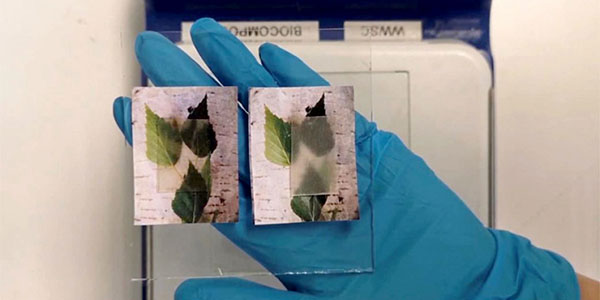
© Wallenberg Wood Science Center
Wood is the most widely used bio-based material for load-bearing structures, but the range of its achievable properties and functions can still be increased. With expertise in polymer composites and photonics, the team led by Prof. Lars Berglund developed the concept of ‘transparent wood’ for engineering applications. After removing lignin (the major light-absorbing component in wood) from a natural wood composite, they filled the remaining empty porous spaces with a polymer that matches the wood refractive index so that light propagates through it. The researchers then incorporated a phase change material, a substance that, changing from solid to liquid, and liquid to solid, gives the wood self-regulating thermal properties. The result is a transparent wood that not only transmits light, but also absorbs, stores and releases heat, potentially saving on energy costs.
WoodNanoTech, Lars Berglund, Royal Institute of Technology (KTH), Sweden
The role of women in post-war transitions

© G. Padovan. Fototeca dei Civici musei di Storia ed Arte [Photo library of the Civic History and Art Museums]
War and post-war transition periods have a strong impact on women’s lives and identities. During these times, women are often confronted with marginalization, disempowerment and exclusion from the political, socio-economic and cultural spheres, as well as from collective memory. However, transitional periods also give women possibilities for inclusion and empowerment. Prof. Marta Verginella and her team developed a novel analytical concept, the ‘exclusion/inclusion paradox’ where they focus on modes of women empowerment and disempowerment in politics, political violence, work, and family. The North-Eastern Adriatic region, which includes parts of Italy, Austria, Slovenia and Croatia proves to be a noteworthy case study because of its violent past. The region was deeply marked by the two world wars and the Yugoslavian wars and experienced radical changes in terms of political borders and systems that affected women differently than men.
Eirene, Marta Verginella, University of Ljubljana, Slovenia
Black hole image captured for the first time
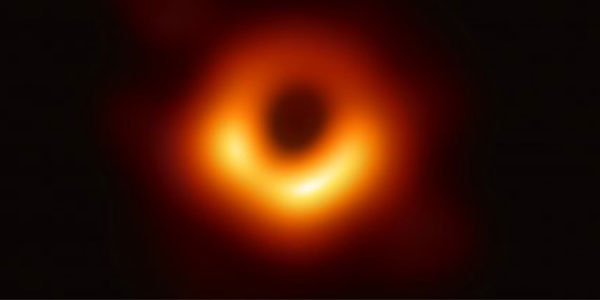
The first-ever image of a black hole was revealed on 10 April 2019 and was the best evidence yet that supermassive black holes exist at the centres of galaxies. The breakthrough was the result of a global collaboration of hundreds of scientists, using multiple telescopes around the world to pick up the high-frequency radio waves emitted by matter near the black hole. The ERC has been a key supporter of the endeavour. It funded 14 million Synergy Grant for Professors Heino Falcke, Michael Kramer and Luciano Rezzolla, and their teams who were instrumental to the success of the international project. This major scientific achievement marked a paradigm shift in our understanding of black holes, confirms the predictions of Albert Einstein’s General Theory of Relativity and opens up new lines of enquiry into our universe.
BlackHoleCam, Heino Falcke Radboud University Nijmegen, Netherlands, Michael Kramer, Max Planck Institute for Radioastronomy, Germany, Luciano Rezzolla, Goethe University Frankfurt, Germany
Read more
Consciousness: what is it?
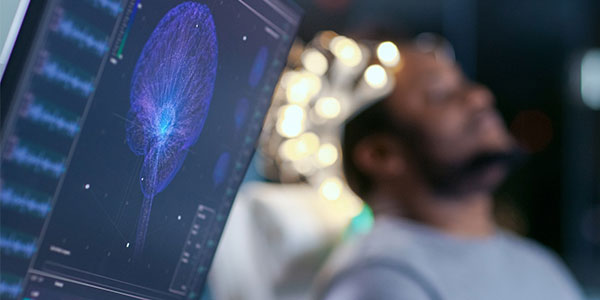
© Istock
Understanding the nature of consciousness is one of the grand outstanding scientific challenges. Combining theoretical and experimental approaches at the intersection of cognitive neuroscience and robotics, the CDAC project gave new insights on the brain mechanisms of perception, cognition and action. Prof. Paul Verschure applied his new theories to the design of a novel generation of robots with advanced social competences as well as to the development of revolutionary neuro-rehabilitation technologies, including the Rehabilitation Gaming System (RGS), a tool for the integrated treatment of deficits resulting from brain damage. The RGS has been validated in a large number of clinical studies, has treated over 3 000 patients and is currently being commercialised to assist people affected by stroke. This step is supported via an ERC Proof of Concept grant.
CDAC, Paulus Verschure, Pompeu Fabra University, Spain
Ocean sustainability at risk
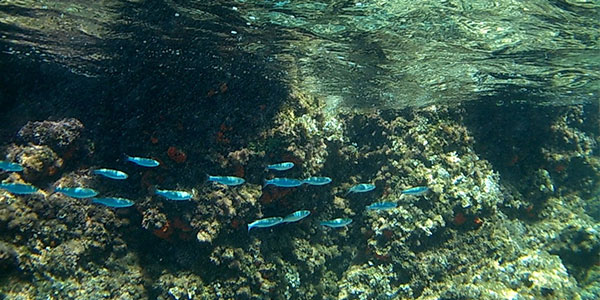
© Istock
Climate change has great impacts on the oceans, marine resources and coastal communities. Current fishery management systems may no longer be effective, with heavy ecological and socioeconomic implications. The lack of empirical and theoretical evidence on how fisheries’ socio-ecological systems should adapt to climate change opens the opportunity to enter a new field of research. Prof. Elena Ojea addresses these challenges in Europe and elsewhere providing evidence for decision-makers. Her research on fisheries systems and adaptation contributed to the High Level Panel blue paper ‘The Future of Food from the Sea’ on how far the ocean can meet the increasing global demand for nutritious food. She also contributed to another blue paper on the expected impacts of climate change on the sustainable ocean economy that she presented to the Conference of the Parties of Climate Change (COP25) in December 2019.
CLOCK, Elena Ojea, University of Vigo, Spain
New therapeutic applications for tamoxifen

Successfully used to treat breast cancer, tamoxifen is a drug that prevents oestrogens, hormones stimulating tumour growth, from reaching cancer cells. A new study demonstrated that tamoxifen also weakens the physical environment of solid tumours, such as pancreatic cancer, in mice. Most pancreatic carcinomas are surrounded by a large amount of connective tissue that becomes stiff under the pressure exerted by so-called pancreatic stellate cells (PSCs). The stiff tissue stands like scaffolding around the tumour, blocking chemotherapy drugs. Dr. Armando Del Río Hernandez observed that tamoxifen stops PSCs from hardening the connective tissue around the tumour. This mechanism is totally different from the one observed in breast cancer. Additional research is now needed before use on human patients. These findings offer a paradigm shift for tamoxifen from an anti‐oestrogen hormonal therapy drug for breast cancer, to an alternative candidate for stromal targeting strategies in pancreatic, and possibly other, tumours.
ForceRegulation, Armando Del Río Hernandez, Imperial College, UK
Read more
Are we curious by choice or by chance?

© iStock
Prof. Valentin Wyart is interested in how humans make decisions in the face of uncertainty. In particular, why some choices seem driven by a desire to explore uncertain paths when safer options are available. Although these ‘exploratory’ choices have been put down to curiosity, he has found that many of them are actually the result of imprecise brain computations in the frontal cortex. His team used functional MRI to analyze participants’ behaviour when choosing between two actions associated with uncertain rewards in a slot machine game. Using a new mathematical model of decision-making accounting for imprecise computations, they found that more than half of exploratory choices were caused by random errors and not by curiosity.
OPTIMIZERR, Valentin Wyart, French Institute of Health and Medical Research (Inserm), France
Read more
Dinosaurs and their colourful feathers

© iStock
Dr Maria McNamara studies melanosomes, microscopic structures that contain the pigment melanin. For the first time, she used advanced microscopy and x-ray techniques to analyse melanosomes across modern and ancient vertebrates in minute detail. She found that melanosomes are everywhere, both in the skin but also in many internal organs. What’s more, she was surprised to discover that the chemical make-up and shape of melanosomes varies between organ types. These variations can preserve in fossils, thus opening up exciting opportunities to use fossil melanosomes to map the long gone soft tissues of ancient animals. This work also strongly suggests that melanin may have evolved for functions other than the provision of colour to skin, hair and feathers. Her team already showed that we can reconstruct the true colours of fossil skin, informing on the communication strategies used by ancient animals. She also discovered that feathers are present not only in birds and dinosaurs, but also in their flying relatives the pterosaurs, completely questioning when feathers evolved. Her work has important repercussions for our understanding of these ancient creatures, inside and out.
ANICOLEVO, Maria McNamara, University College Cork, Ireland
Decoding the puzzle of fertility

© iStock
The link between age and fertility in women is a code we need to crack. This is especially true in a society where parents want children later in life. Collaboration between two ERC grantees brought new insights into the physiological changes that cause infertility. They used super high-resolution cameras to capture the microscopic structures of meiosis, the cellular process through which, in women, eggs form. Documenting egg cells in the moments preceding fertilisation, allowed to identify a culprit: the kinetochores. These structures anchor the chromosomes to the spindle, a cellular machine that separates chromosomes. The spindle pulls on the kinetochores to tear the chromosomes apart, leading to a cell with only one copy of each chromosome, ready to fuse to its male counterpart. The researchers found that the kinetochores fragment into pieces with age and attach incorrectly to the spindle. This causes chromosomal abnormalities, providing a fundamental piece of the puzzle of infertility.
ChromOocyte, Melina Schuh, Max Plank Institute, Germany
ReCAP, Eva Hoffmann, Copenhagen University, Denmark
Water detected on an exoplanet

© ESA/Hubble, M. Kornmesser
Can we find Earth 2.0? We are one step closer after water vapour was detected for the first time in the atmosphere of a remote and potentially habitable planet. Three ERC grantees based at University College London were among the co-authors of the study. Planet K2-18b is now the only one known to have both water and temperatures that could support life. The exoplanet orbits a star some 110 light-years away. The team used data captured by the ESA/NASA Hubble Space Telescope and developed open-source algorithms to analyse the starlight filtered through K2-18b’s atmosphere. The results revealed the molecular signature of water vapour, also indicating the presence of hydrogen and helium in the planet’s atmosphere. Further studies are required to estimate cloud coverage and the percentage of atmospheric water present.
ExoAI, Ingo Waldmann, University College London, United Kingdom
ExoLights, Giovanna Tinetti, University College London, United Kingdom
ExoMol, Jonathan Tennyson, University College London, United Kingdom
Read more
Tracking rare metastatic cells in the bloodstream
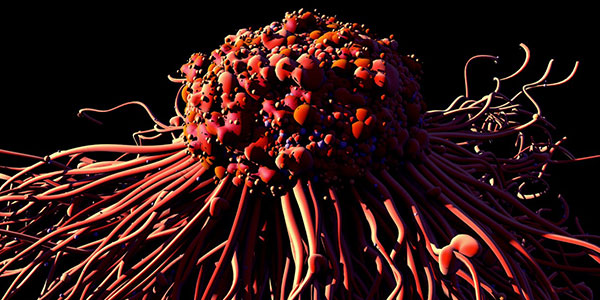
© iStock
There are trillions of cells in the human body, all of different shapes and sizes. In such a densely populated environment, the chances of detecting a single tumour cell circulating in the bloodstream, seem pretty weak. Yet, to prevent potential metastasis, responsible for 90% of cancer-related deaths, early detection is a must. After four years of research, Prof. Liesbet Lagae developed a microchip that hunts, inspects and sorts rare cells circulating in the blood. Equipped with a 2D digital imaging system and a microfluidic switch made of microscopic bubbles, the device will be able to analyse multiple fluid channels simultaneously resulting in a throughput of up to 20 million cells per minute and separate cancerous cells from healthy ones. With this device, cheaper, safer and faster than any existing cell analyser, a simple blood test will be sufficient to screen for the information needed on the tumour cell specificities and take the more appropriate therapeutic approach. Sorted cancer cells can further be sequenced for finding specific mutations in the course of further refining or synthesizing the best treatment options.
SCALPEL, Liesbet Lagae, Interuniversity Microelectronics Centre, Belgium
Read more




